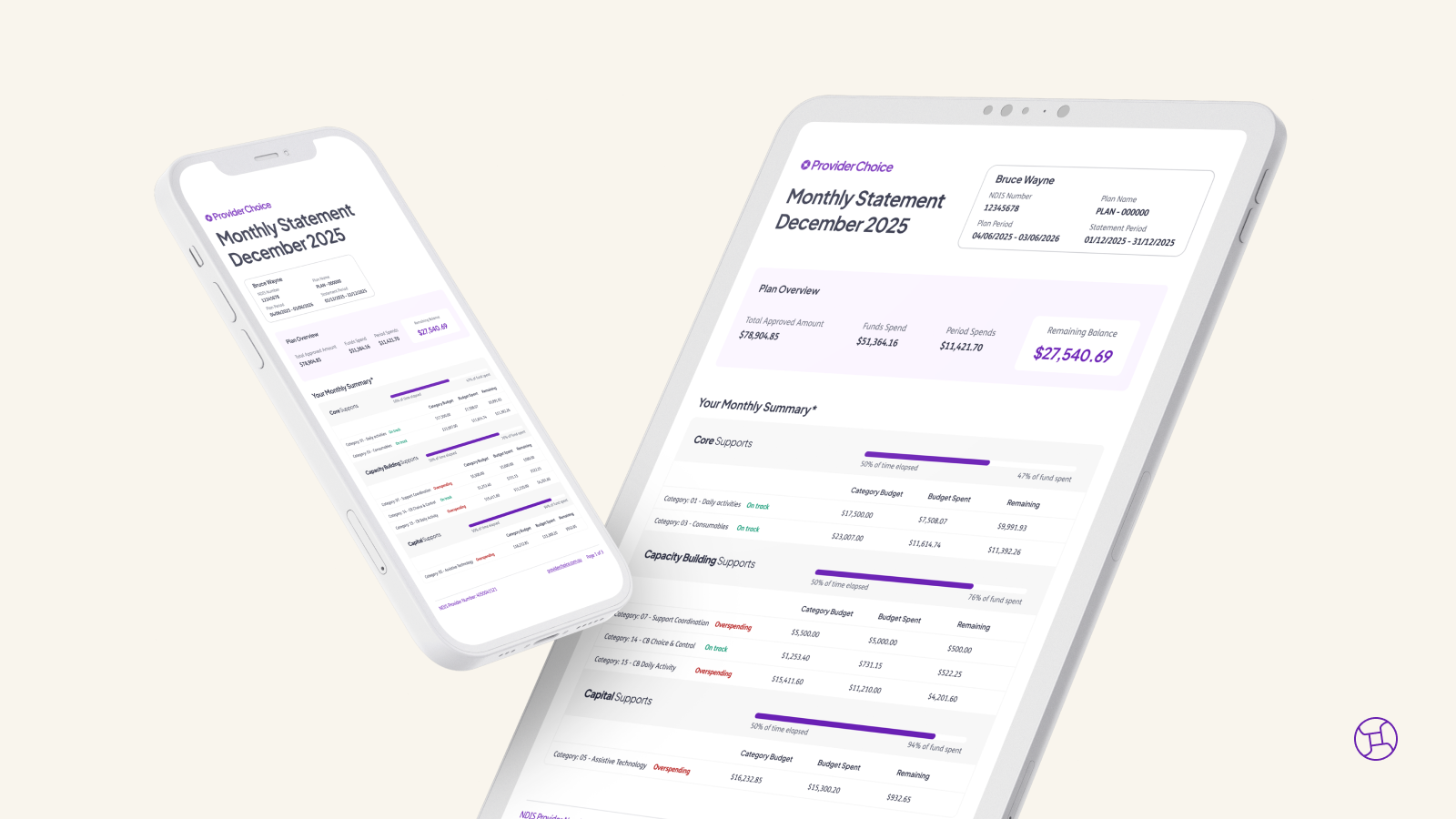At Provider Choice, we know how much time and care goes into the services you deliver. So when an invoice is unexpectedly not approved, it can be frustrating, especially when you’re unsure why.
While we process payments on behalf of participants, the decision to approve or decline an invoice rests with the participant, their nominee, or their Support Coordinator. That means sometimes we can’t provide direct insight into the reason, but we can offer guidance to help reduce the likelihood of this happening again.
Here are a few practical steps to improve communication and ensure your invoices are more likely to be approved the first time around.
1. Understand Why Invoices May Be Declined
There are several common reasons why an invoice might not be approved:
- The participant does not recognise the service or the amount
- The support was not delivered as expected
- The invoice was submitted before the service was delivered
- The service agreement is unclear or missing
- There’s a disagreement about how funding is being used
Understanding these scenarios can help you tailor your communication and avoid misunderstandings upfront.
2. Keep the Lines of Communication Open
The best way to prevent invoice issues is to build strong, clear communication with the participant or their Support Coordinator. You can do this via;
- A quick call or email before providing support can make a big difference in maintaining clarity and trust.
- Being proactive with any changes to the scope, frequency or cost of services, especially if they differ from what was agreed.
3. Set Expectations Upfront
A well-defined service agreement is your best friend. Make sure:
- It clearly outlines the supports being provided
- It includes the agreed rate and frequency
- The participant or their representative has signed off
It’s a simple step that sets everyone up for smoother billing down the line.
4. How Provider Choice Can Help
While we don’t manage the relationship between you and the participant, we’re here to make payments easy and predictable once invoices are approved. Through our Provider Portal, you can:
- Track invoice status in real time
- Access remittance advice
- Get visibility on what’s been paid and when
Need extra help? You can also book a one-on-one session with our Guru team for personalised support using the platform.
5. A Quick Checklist to Help Avoid Delays
Before you hit “submit” on your next invoice:
✅ Has the support been delivered?
✅ Does the invoice match the service agreement?
✅ Has the participant been made aware of the charges?
✅ Is your service agreement up to date?
✅ Are you using the correct support item number and rate?
In Summary
Getting paid for your work should be simple. By setting clear expectations, keeping communication open and making the most of the tools available to you, you can reduce invoice delays and get back to focusing on what matters most, providing great support!



